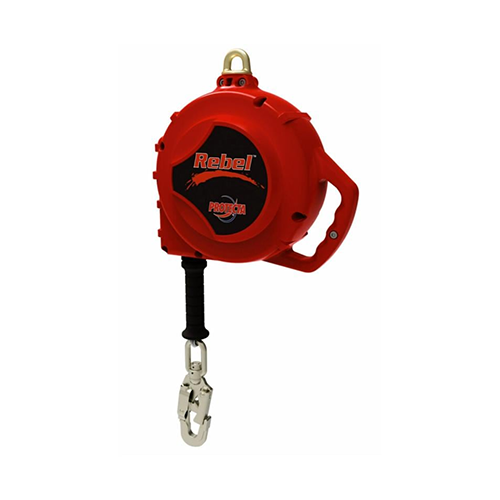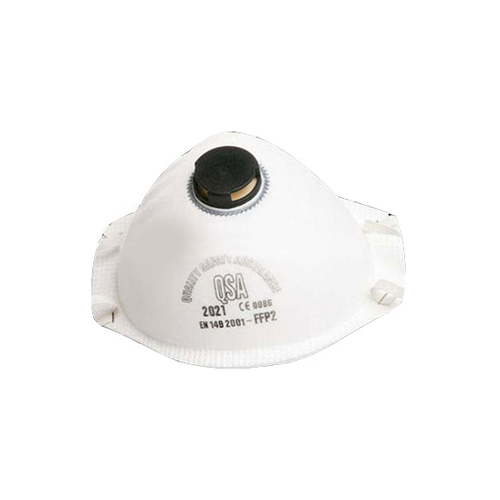Description
Key Features of Self-Locking Lifelines:
- Retractable Lifeline: The lifeline of an SRL is wound onto a drum or reel within the device. This design allows users to move around freely while maintaining a certain amount of tension on the lifeline.
- Built-In Brake Mechanism: Self-locking lifelines are equipped with a braking mechanism that automatically engages if the lifeline detects a sudden increase in speed, such as during a fall.
- Energy Absorption: Some SRLs have energy-absorbing mechanisms that help reduce the impact forces on the user’s body in the event of a fall.
- Attachment Points: SRLs are designed with attachment points that allow users to connect to anchor points or harnesses.
- Locking System: Upon activation, the locking system within the SRL engages to prevent the lifeline from extending or retracting further, effectively arresting the fall.
- Adjustability: Some SRLs have adjustable lifeline lengths to accommodate various working heights and distances.
Types of Self-Locking Lifelines:
- Personal SRLs: These are compact and lightweight SRLs designed for individual use. They are commonly used in construction and maintenance tasks.
- Retractable Lanyards: Retractable lanyards are a type of SRL designed to be attached to the user’s harness. They provide freedom of movement while retracting and locking in the event of a fall.
- Twin-Leg SRLs: Twin-leg SRLs have two lifelines, allowing users to maintain continuous fall protection while moving between anchor points.
Applications:
- Self-locking lifelines are used in industries where there is a risk of falls from heights or elevated workspaces.
- They are commonly used in construction, maintenance, telecommunications, utilities, and other tasks that require working at heights.
Maintenance:
- Regularly inspect the self-locking lifeline for signs of wear, damage, or degradation.
- Follow manufacturer guidelines for proper cleaning, maintenance, and storage.
- Ensure that the lifeline is properly lubricated and functioning before each use.
Self-locking lifelines are a crucial tool for preventing falls and protecting workers in elevated work environments. Proper training and familiarization with the use of self-locking lifelines are essential to ensure their correct and safe operation, contributing to the overall safety of individuals working at heights.









